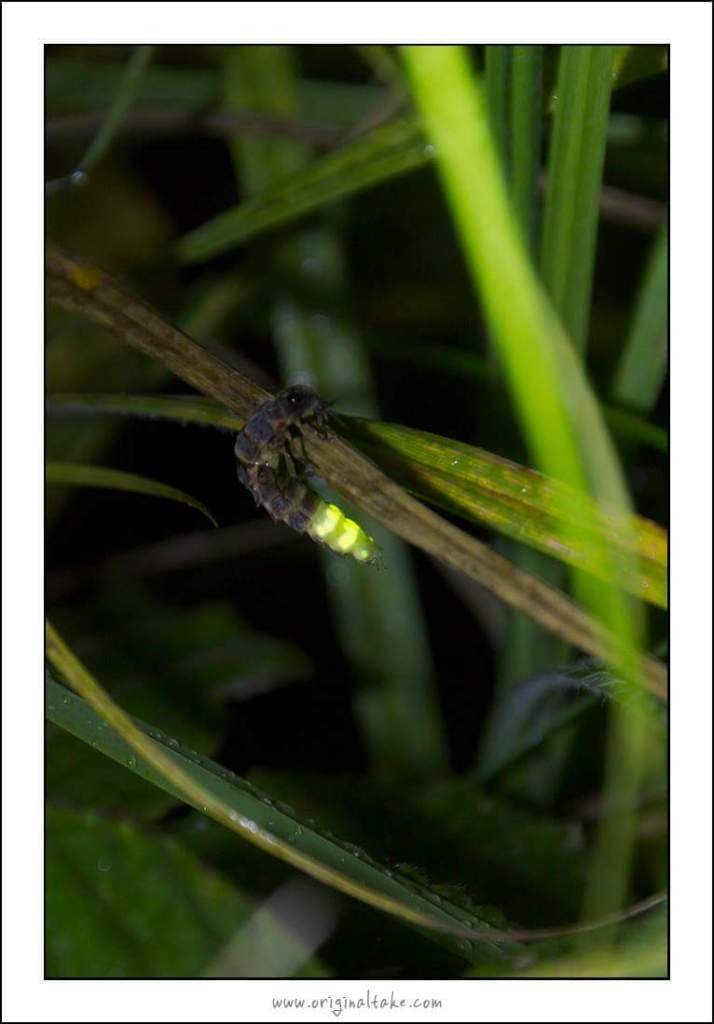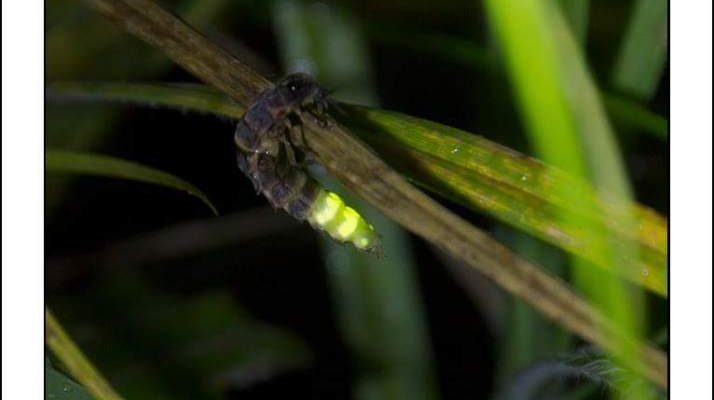
Glowworms are not actually worms but rather the larval stage of a beetle, specifically from the *Lampyridae* family. Their bioluminescence is a captivating feature, but it also adds to the confusion for those trying to identify them in their natural habitats. In this journey to understand the challenges of spotting glowworms, we’ll explore their habitat, appearance, and some common mistakes people make when trying to identify them. So, grab your flashlight, and let’s dive in!
Understanding Glowworm Characteristics
Before you set out into the wilderness, it helps to know what these little luminaries look like. Glowworms have a fascinating life cycle that starts out as eggs, turning into larvae that glow in the dark, and eventually moving on to become adult beetles. The larvae are the star of the show here, glowing to attract prey, which are usually smaller flying insects.
You might be wondering about the color of their glow. Depending on the species, glow can vary from bright green to blue. It’s not just a random light show; the glow serves a purpose. The larvae use it to lure insects into sticky silk threads they spin, which helps them catch dinner. So, understanding their biology is crucial when trying to spot them in nature.
It’s also essential to note the size of these glowworms. They can range from just a few millimeters to several centimeters long. This means that if you’re not paying close attention, you might miss them. Think of spotting a glowworm like trying to find a star in the sky—their faint glow can blend into the dark surroundings.
Common Habitats for Glowworms
When you’re on a glowworm hunt, knowing where to look can make all the difference. Glowworms thrive in moist, sheltered environments. You’ll typically find them in caves, under overhanging rocks, or in the damp recesses of tree bark. These locations provide the humidity and safety they need to grow and glow.
If you’re venturing into the woods, look for areas with plenty of decaying organic matter and leaf litter. These spots tend to attract the insects that the glowworms feast on. However, not every damp corner is home to glowworms, so it’s essential to be discerning about your search sites.
It’s also worth mentioning that glowworms have specific regional preferences. For example, in some areas of Australia and New Zealand, glowworms are abundant, while in other regions, they might be scarce. A little research into local ecosystems can help you pinpoint where you’re most likely to have a glowworm sighting.
Spotting Glowworms: Time and Conditions
Timing is everything, especially when it comes to spotting glowworms. They are primarily nocturnal, which means you’ll have the best luck searching for them after sunset. The best time for a glowworm expedition is usually about an hour after dusk when the darkness allows their glows to stand out against the night.
Weather can also play a significant role in your adventure. Humid evenings, preferably right after rain, create optimal conditions for glowworm activity. The moisture in the air helps increase their glow, making them easier to spot. So, if you’re planning a trip, keep an eye on the forecast.
You might be asking, “But how do I avoid missing them?” Here’s a tip: Equip yourself with a red flashlight. Regular white light can be too harsh and will dim or completely wash out the glowworms’ bioluminescence. A red light preserves your night vision, allowing you to more clearly see their soft glow.
Common Identification Mistakes
When trying to identify glowworms, many people make a few common mistakes. One of the biggest is confusing them with other bioluminescent insects, like fireflies. While both glow, they have different glowing patterns and habits. Fireflies typically fly and don’t create silk traps, whereas glowworms remain stationary and depend on their silk for hunting.
Another mistake is overlooking their glow during the day. While glowworms are mainly nocturnal, some species can display faint glows during the day, especially in shady spots. So, if you’re only looking at night, you might be missing out on seeing them in their less active state.
And let’s not forget about the environment! Glowworms often camouflage themselves against their surroundings. You may find them nestled against a leaf or bark, making them blend in. The lesson here is to take your time. Slow down your search, and really look around. You’ll increase your chances of spotting them!
Using Technology to Assist in Identification
In today’s world, technology can enhance your glowworm spotting experience. There are mobile apps that can help you identify glowworms and other bioluminescent organisms. They often have features that allow you to log the locations where you find them, which can be handy for future references.
You might also consider using a camera with low-light capabilities. Capturing images can help you compare and confirm what you’ve seen when you get back home. Plus, it’s great for sharing stories about your adventure!
Of course, you don’t want to rely solely on tech. Experience and knowledge of natural signs are still your best tools. But combining both can provide a richer understanding of the world of glowworms.
Preserving Glowworm Habitats
As you embark on your glowworm spotting journey, it’s crucial to be mindful of their habitats. Many glowworm populations are threatened by habitat destruction and pollution. Here’s the thing: your actions can make a difference. Always stick to designated trails and avoid disturbing the environment around you.
Educating others about the importance of glowworms can also be impactful. Sharing your experiences and encouraging responsible exploration helps raise awareness about these magical creatures. After all, if we don’t protect their habitats, spotting glowworms may become a thing of the past.
Engaging in local conservation efforts can also be rewarding. Whether it’s cleaning up a local park or participating in awareness campaigns, every little bit helps. Nature thrives on community support, and so do glowworms!
Spotting glowworms can be a delightful yet challenging pursuit. From understanding their unique characteristics and habitats to avoiding common identification mistakes, there’s a lot to think about. But that’s what makes it exciting!
The next time you venture out into the night, remember to take it slow and appreciate the beauty around you. Whether you spot a glowworm or not, the experience of searching for these enchanting little insects is an adventure in itself. So, grab your flashlight, keep an open mind, and enjoy the journey into the glowing world of glowworms.

